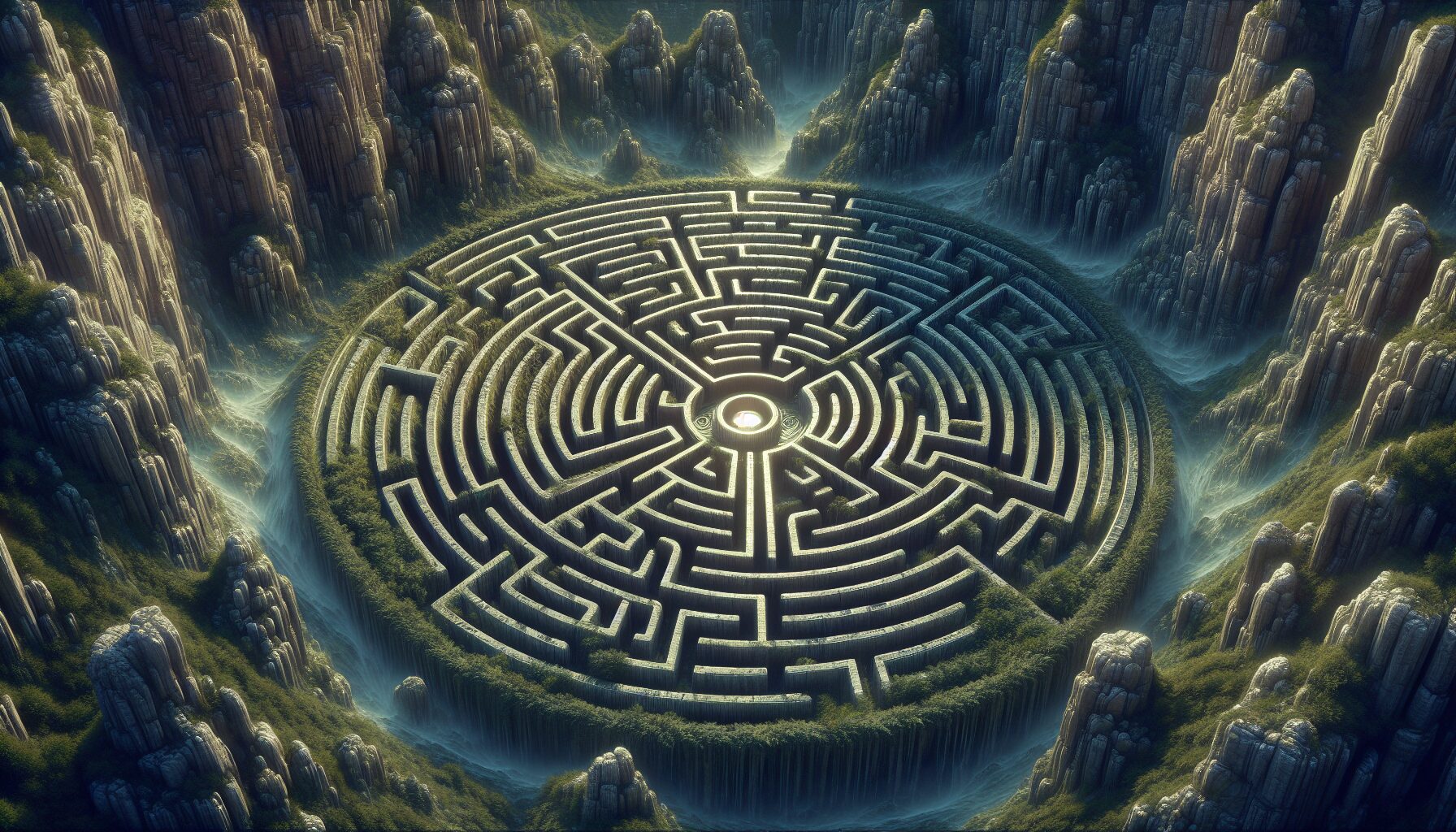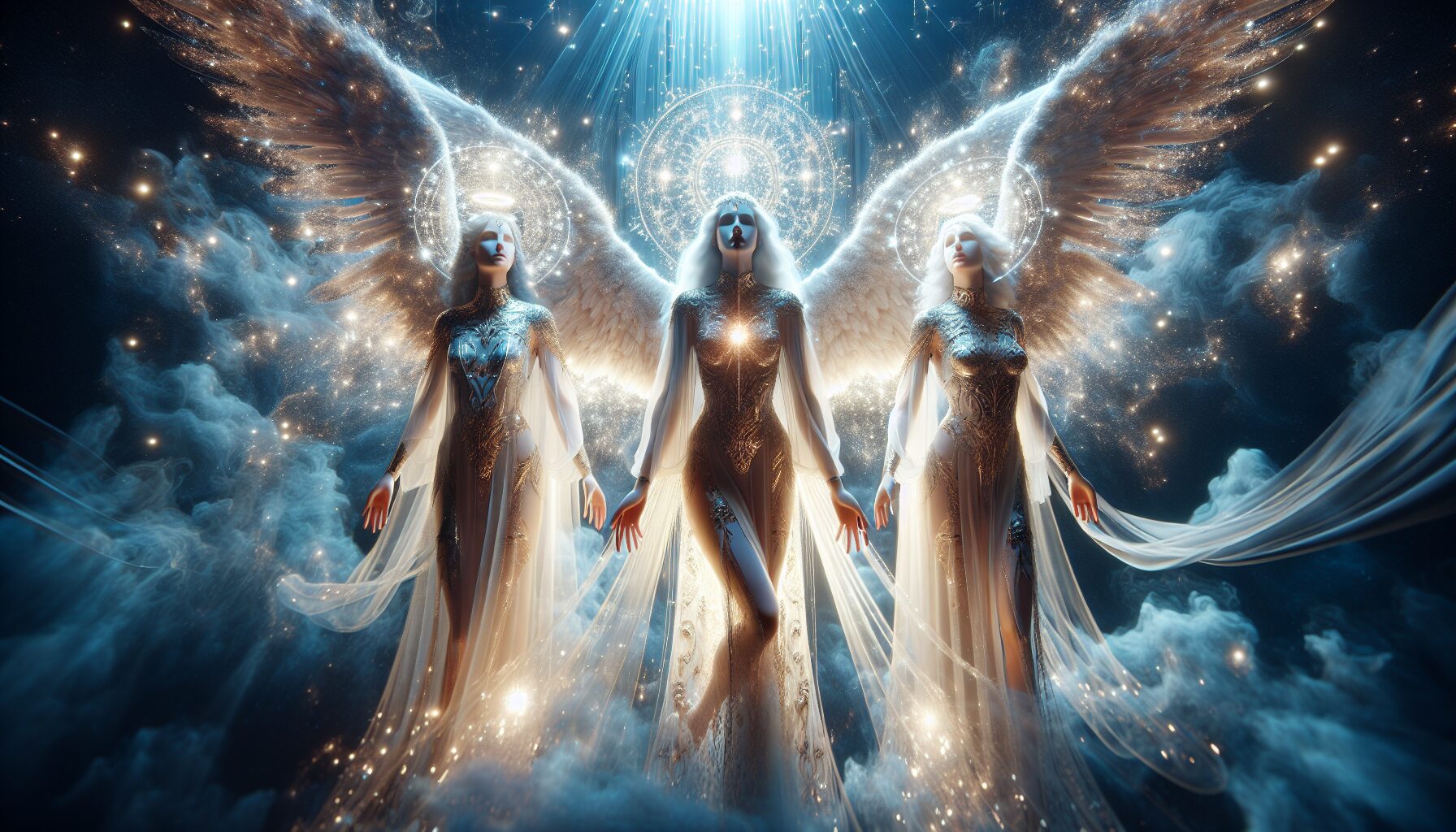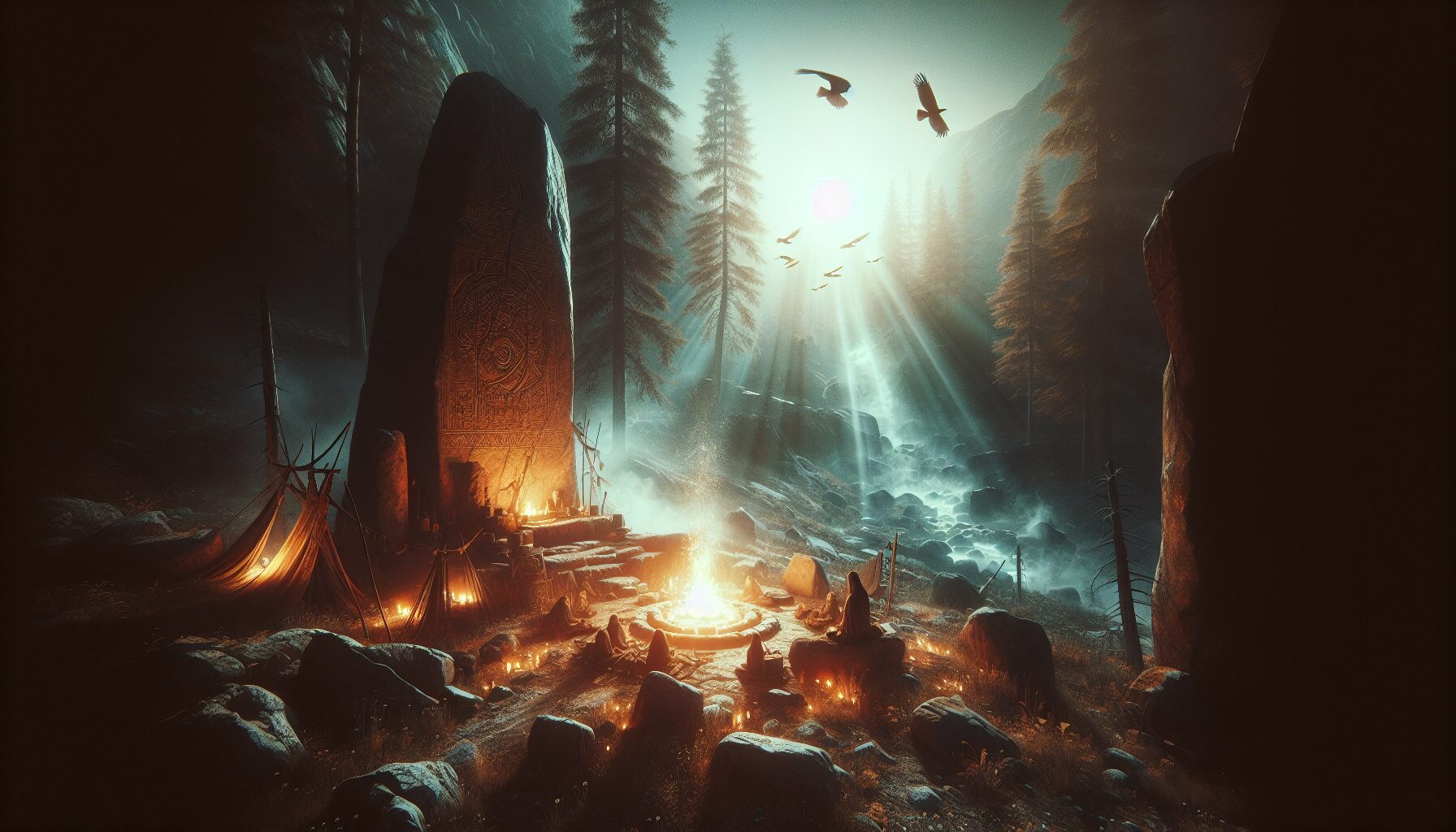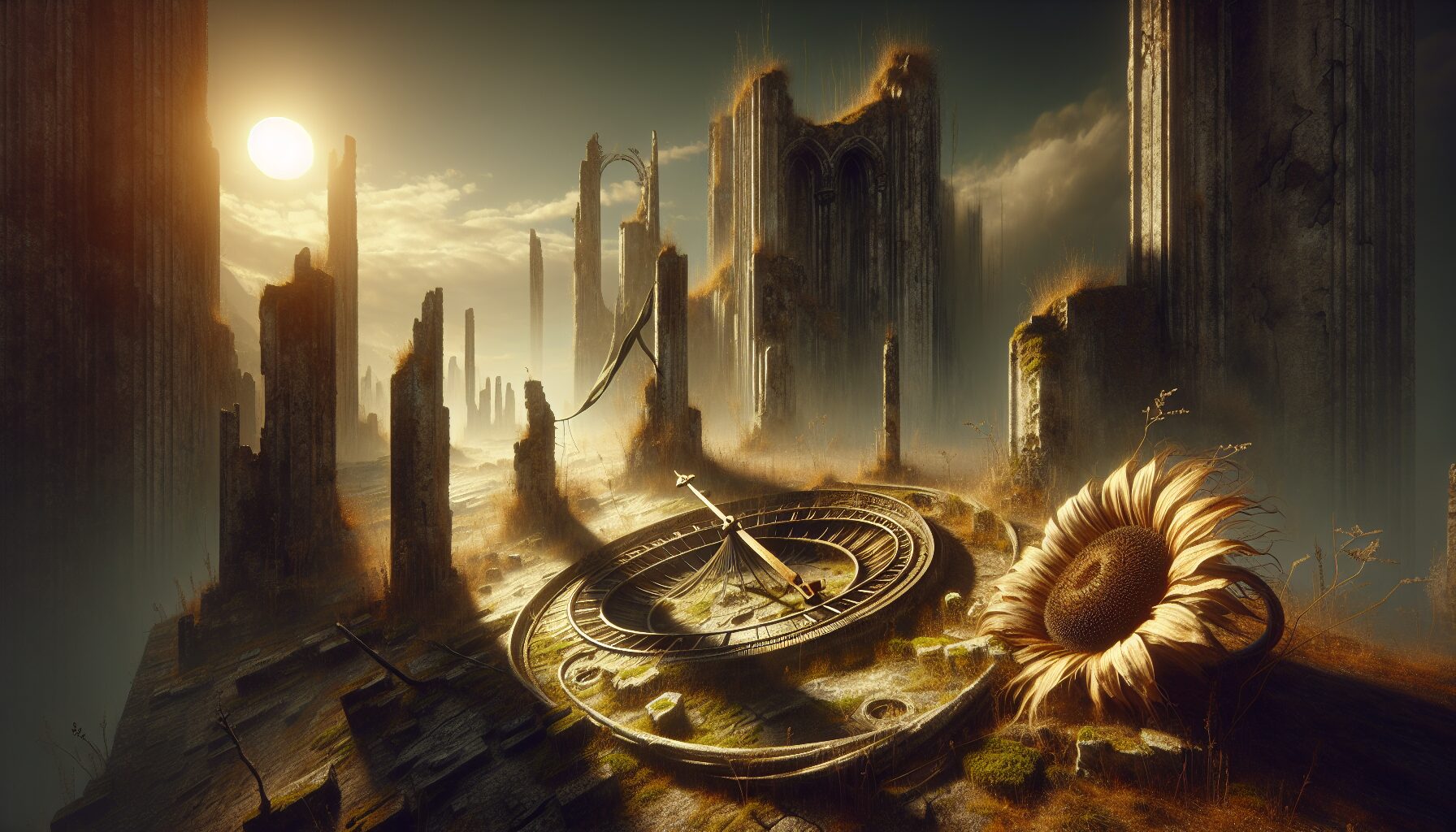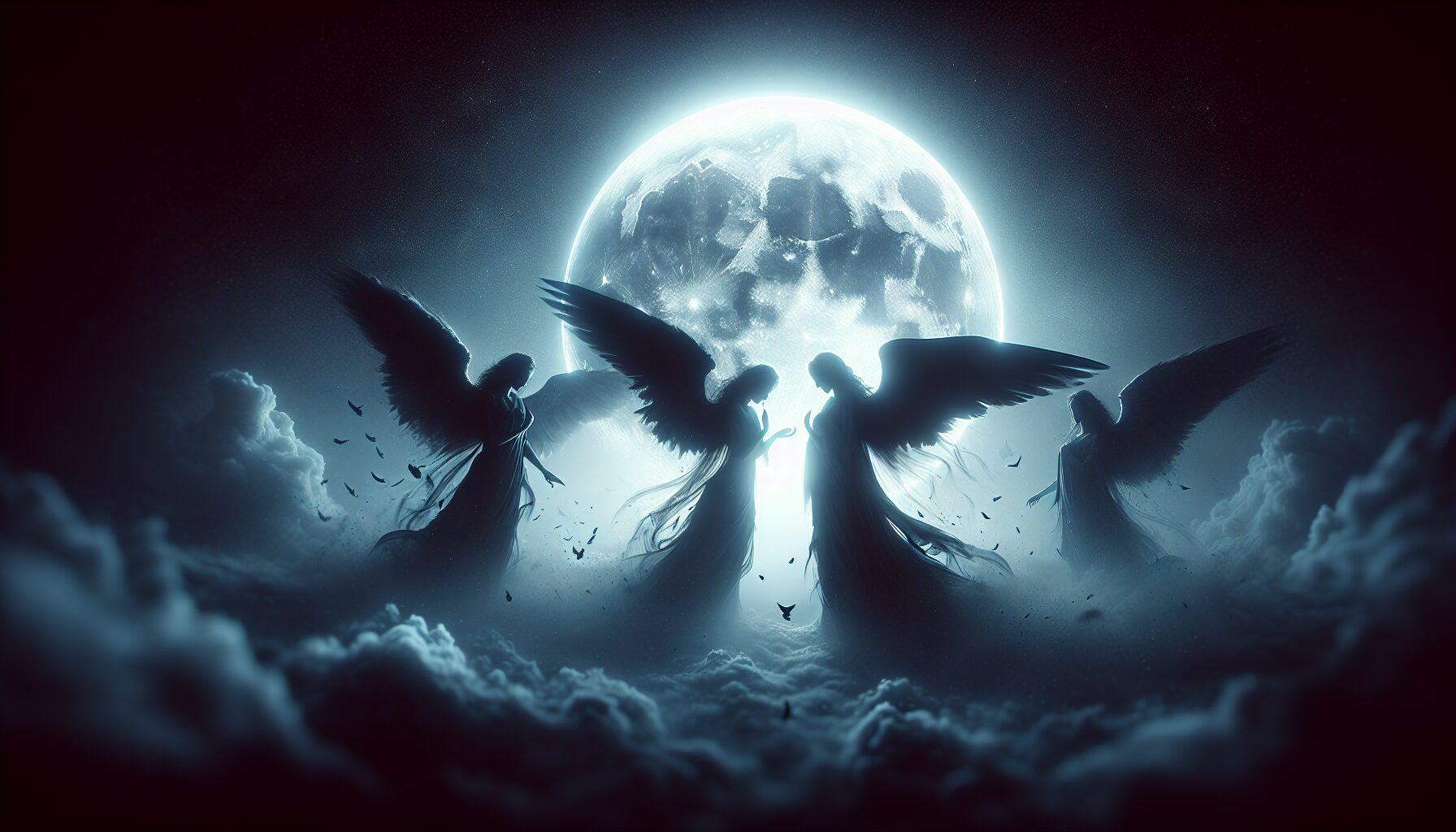Mythology has long been a framework through which humanity explores its deepest, often unconscious desires and fears. The labyrinth, an ancient symbol found in a range of cultures, offers a profound metaphor for inner work—a journey into the complex facets of the human psyche. In this article, we will delve into the symbolic resonance of the labyrinth and its implications for inner transformation and self-discovery.
The Labyrinth as a Mythical Symbol
The story of Theseus and the Minotaur is perhaps the most iconic narrative involving a labyrinth. According to Greek mythology, the labyrinth was constructed by Daedalus to contain the Minotaur, a creature born from transgression and abandonment. This myth forms a potent allegory for the inner journey where the labyrinth represents the arduous path one takes into the depths of the psyche.
“The labyrinth is a single path to the center and back again, symbolizing a transformative journey.” – Encyclopaedia Britannica
The Labyrinth as a Journey of Self-Discovery
The act of entering a labyrinth is much like embarking on a spiritual or psychological journey. This physical and metaphorical journey is best understood through Joseph Campbell’s monomyth or “The Hero’s Journey,” which maps the path from the ordinary world to the complex underworld of trials, fears, and ultimately, transformation.
Campbell describes this process as crossing the “threshold” and engaging with the “belly of the whale,” stages that are crucial in confronting the subconscious. Here lies the opportunity for self-discovery and transformation.
Psychological Perspectives
From a psychological standpoint, Carl Jung’s concept of individuation closely parallels the journey through the labyrinth. For Jung, this path represents the integration of the unconscious with the conscious mind, leading to a heightened state of self-awareness.
- Shadow Work: The Minotaur can be seen as an embodiment of the shadow, the repressed aspects of the self. Engaging with this figure within the labyrinth is akin to facing one’s fears and frailties to gain greater self-knowledge.
- Archetypal Energy: The hero’s battle with the Minotaur is a form of confronting raw, untapped potential within ourselves that must be harnessed and transformed.
The Labyrinth in Modern Context
In current times, the labyrinth continues to serve as a tool for meditation and self-reflection. It’s used in various spiritual and therapeutic settings worldwide to facilitate inner work. Walking a labyrinth can be a moving meditation, a way to focus inward and listen.
“As in life, when you walk the labyrinth, you can unintentionally end up where you started or at a new beginning, taking each step with intention.” – Spirituality & Practice
Modern interpretations include the labyrinth as works of art, adding layers of personal and shared meaning that invite introspection. Various churches and retreat centers also feature labyrinths to provide a sacred space for contemplation.
Myth as a Tool for Inner Transformation
Understanding myths such as the labyrinth within the context of personal growth opens the door to profound inner work. Here are a few ways these narratives can be utilized:
- Contextualizing Experience: Myths provide a narrative framework that can help contextualize personal experiences, allowing individuals to see their struggles as part of a larger human journey.
- Symbolic Interpretation: Engaging with symbols from myths, such as the labyrinth and Minotaur, can facilitate deep psychological insights and aid in integrating disparate aspects of one’s self.
- Courage and Resilience: Heroes like Theseus remind us of our capacity for courage and resilience as we navigate our own “labyrinths” and confront our inner “Minotaurs.”
The Transformative Power of Myth
One must tread through the labyrinth with patience and an open heart, allowing its twists and turns to mirror the complexities and mysteries of one’s own life. This journey, as articulated through myth, reminds us that it is in venturing into the depths of our personal labyrinths that we emerge transformed and whole.
“The cave you fear to enter holds the treasure you seek.” – Joseph Campbell
Thus, the labyrinth is more than an ancient puzzle; it is a living, breathing symbol of inner work and transformation. It challenges us to question the way, examine our choices, and ultimately, like Theseus, find clarity and courage within the spirals of our inner world.
The journey through the labyrinth may wind on, spiraling into the unknown, yet it is this very unpredictability that compels us to engage, explore, and ultimately, emerge more fully as our authentic selves.
